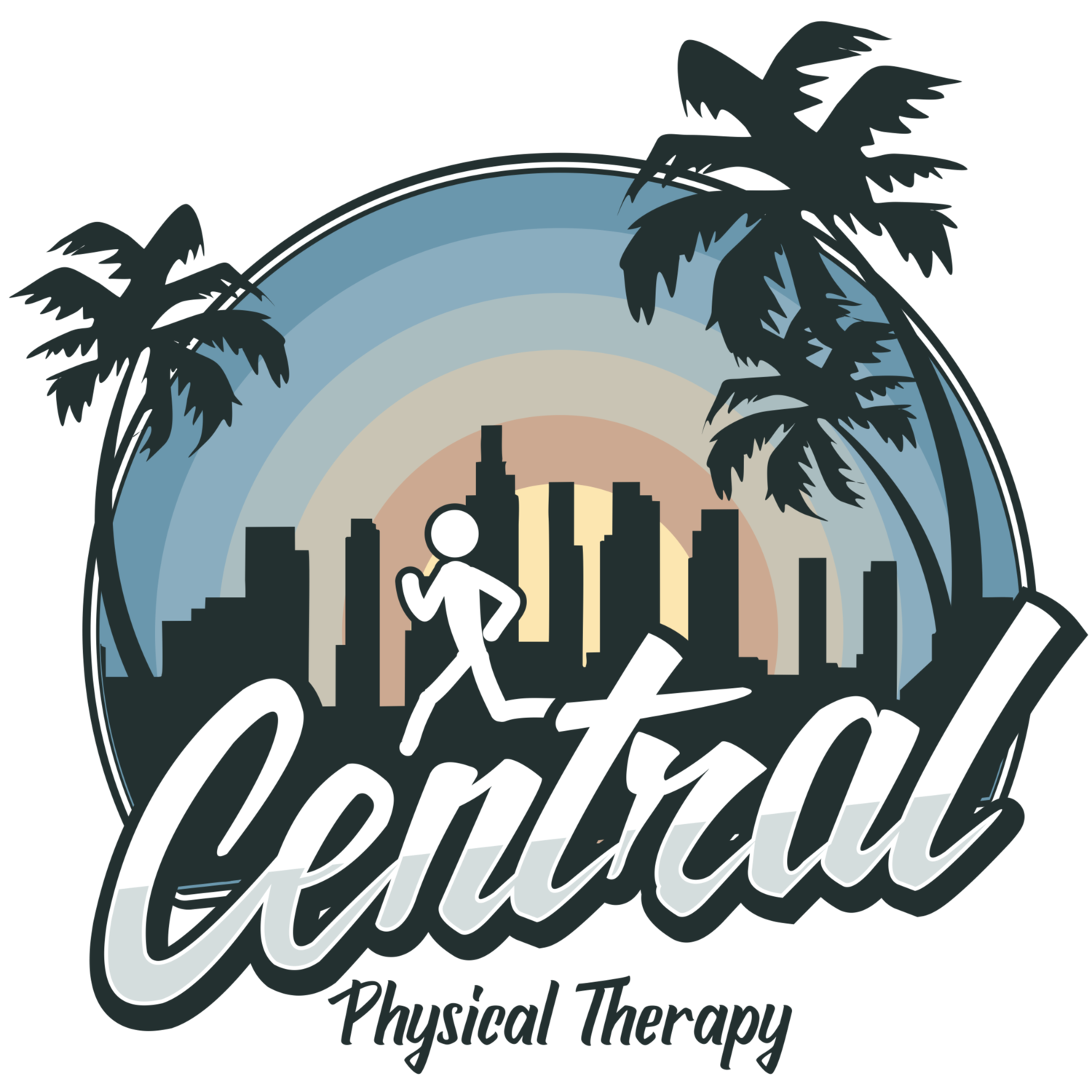Ideal setup for laptop/computer use
I’m sure most people have seen the following picture before or something similar to it. If you’re working full-time with a computer or laptop this is extremely important to implement because of the amount of hours that are spent in this position.
The monitor is the most important piece to the setup (in my opinion) because it will typically determine your sitting posture — the lower the monitor, the more forward the head comes to look into it, and the more flexed your spine becomes. When this occurs for long periods each day it will generally result in neck and/or back pain. As shown in the picture it’s important to have the top of the monitor at eye-level and the screen a little below in order to keep your spine “straight” or “neutral”.
Here are some tools I found that are helpful for this especially for those using laptops:
Link: Laptop Stand (other options are available as well if you search ‘laptop stand’ on Amazon or Google). It may be a little stiff to adjust the stand but once you get used to it, it’s easy to use. **You would need to use an external keyboard and mouse with this.
Here is a link for: Monitor Stand (if you need a higher or different stand search ‘monitor stand’ on Amazon or Google).
The other parts to the desk setup are pretty self-explanatory by the top picture. Make sure your hips and knees are at 90 deg. Back support for the chair. Arm rests (if possible) at elbow level. Feet flat on the floor (or on a step stool). Keyboard and mouse at elbow level. Make sure to take breaks every 30-60 minutes by standing and walking around, stretching, and moving your joints.
If you have a double monitor and find yourself looking to one side primarily, try turning your entire body to the screen you’re using (not just your head). This would help keep your spine in better alignment. Of course you would then have to move your keyboard and mouse as well. Or if you are going back and forth to each screen frequently and don’t want to keep moving your body try keeping your body centered between the two monitors and just move your head. If one screen is used much more than the other, try switching that particular screen (or content) to the other side on a different day so you could turn to the other side more as well. This would avoid repetitive motion to one side.
Questions or comments? Contact us.



